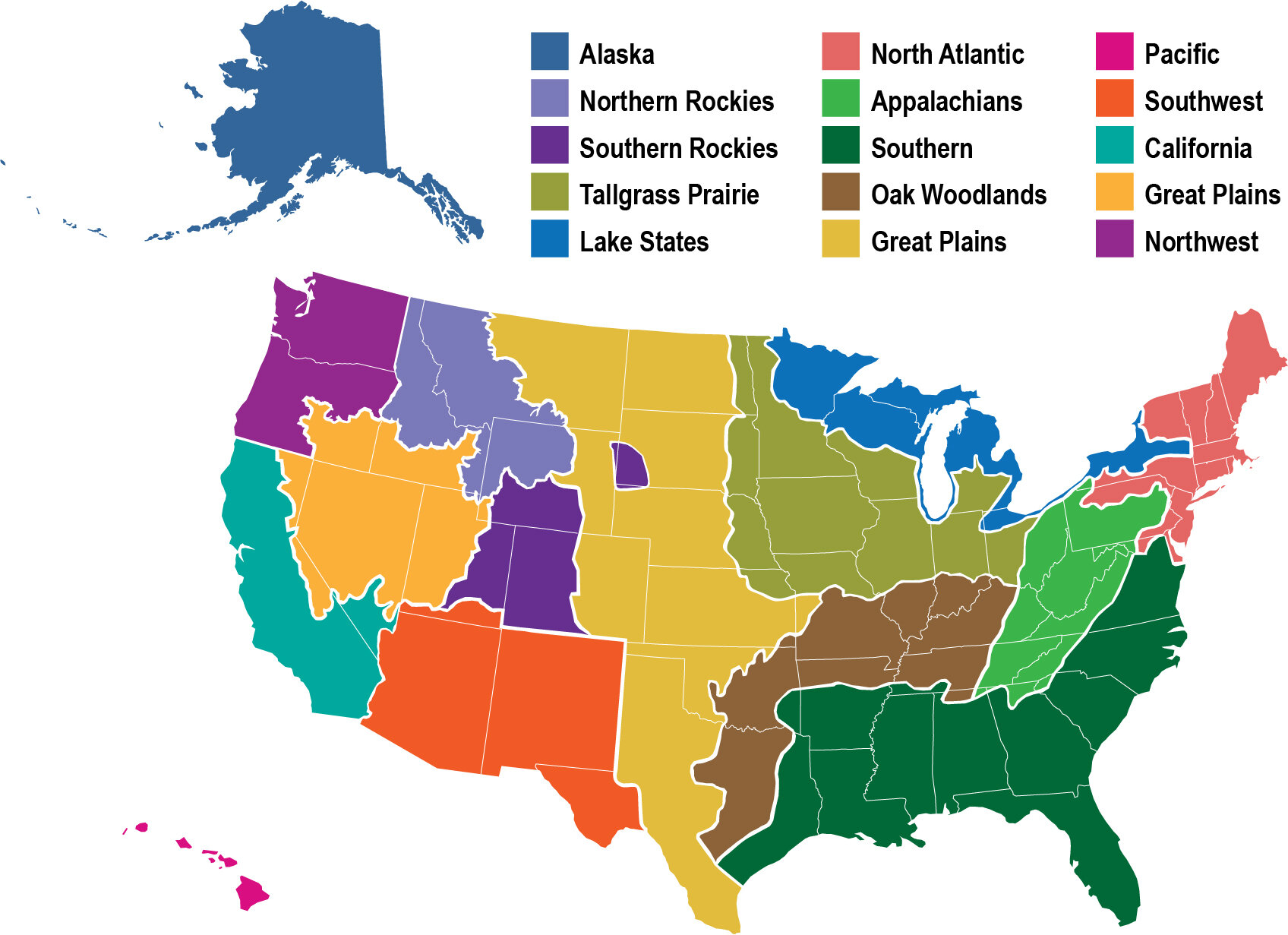Fire Intensity and Fire Severity Terminology: USGS Research Brief
/This paper evaluated the current usage of the terms "fire frequency" and "fire intensity" and agrees the terminology requires clarification but advocates retention of these terms.
View USGS Research Brief PDF >




